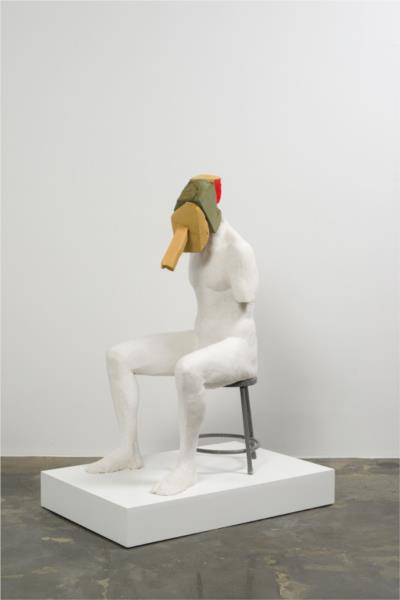1950 - these days
Neo-Dada

description
Neo-Dada
From 1950 to this day
From Greek “neos” (new); the word Dadaism comes from the French “dada” – a horse in children’s speech. The term was coined by American critic Barbara Rose in the 1960s.
Neo-Dadaism is an art movement uniting such structures of visual art as painting, sculpture, installation and performance; a combination of modern movements with the principles of dada.
Neo-Dada most often uses readymade, referring to the methods of dada.
Some elements of Neo-Dada: sloppy, “untidy”, figurative or abstract painting, broken furniture, electrical appliances, torn books, children’s toys, crumpled rags, cans, glass bottles, musical instruments, a barn, performance and so on.
Key ideas:
– The concept of Neo-Dada is the denial of art through the replacement of a work of art with an object of absurdity, the desire to dissolve it in life, the struggle against the cultural canons and logic of capitalism.
– Neo-Dadaists considered themselves opponents of commercialization, moving away from aesthetic pleasure.
– The semantic load of works is sarcasm, irony and claim.
description
Robert Rauschenberg is an innovative artist, one of the most influential American masters of the second half of the 20th century, who gave impetus to the development of Pop art and Conceptual art. Throughout his long career, he experimented with almost all available forms of art, acting as an engraver, designer, sculptor, photographer and even avant-garde musician.
October 22, 1925, Port Arthur, Texas (the USA) - May 12, 2008, Captiva Island, Florida (the USA)
description
Initially, the “White Pictures” by Robert Rauschenberg was perceived by many as outright mockery. The absence of a trace of any intervention by the artist on an almost pure white surface puzzles the viewer and suggests that this may be some kind of rally. In fact, the artist managed to express a lot with the help of his white canvases.
1951
